When discussing marathon migrations in the animal kingdom, few creatures can compete with the remarkable arctic tern. These sleek seabirds don’t just cross continents—they circle the globe, completing round trips of approximately 44,000 miles annually. This astonishing feat represents the longest known migration of any animal on Earth, a journey that takes these lightweight birds from the Arctic to the Antarctic and back again. For bird enthusiasts, conservationists, and scientists alike, the arctic tern’s migration isn’t just a fascinating natural phenomenon—it’s a testament to the extraordinary capabilities of avian life and a compelling case for global conservation efforts.
The Remarkable Arctic Tern: An Introduction to the Marathon Flyer
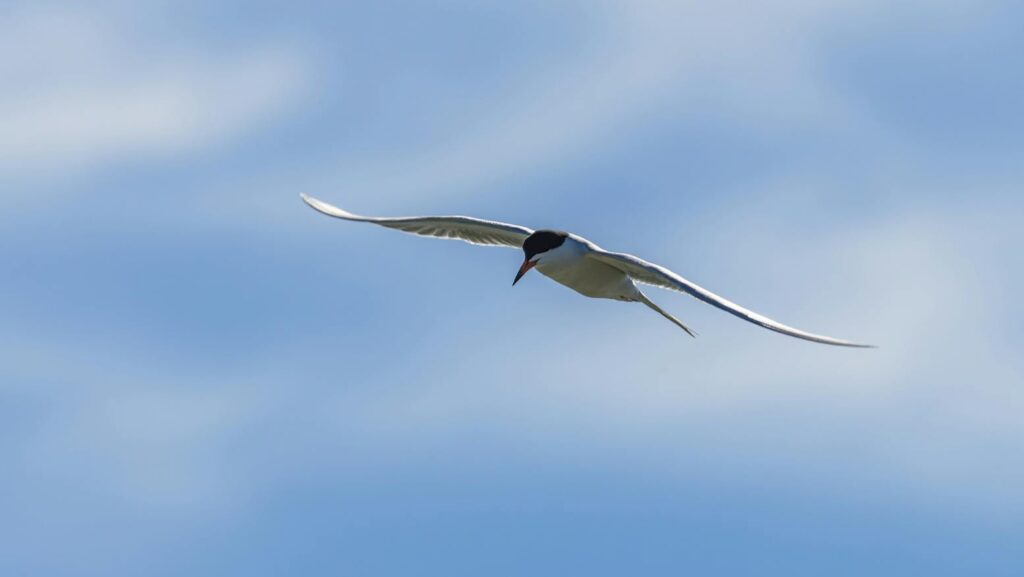
The arctic tern (Sterna paradisaea) may appear unassuming with its slender white body, black cap, and red beak, but this medium-sized seabird holds the world record for the longest migration of any known animal. Weighing just 100-120 grams (about 4 ounces) and measuring 33-39 cm (13-15 inches) in length, these lightweight travelers accomplish what seems physically impossible. Arctic terns can live up to 30 years, meaning that over a lifetime, they may travel a distance equivalent to going to the moon and back three times—approximately 1.5 million miles. Their distinctive forked tails and graceful flight patterns make them relatively easy to identify for birders lucky enough to spot them during their brief appearances along coastlines during migration.
Mapping the Epic Journey: From Pole to Pole
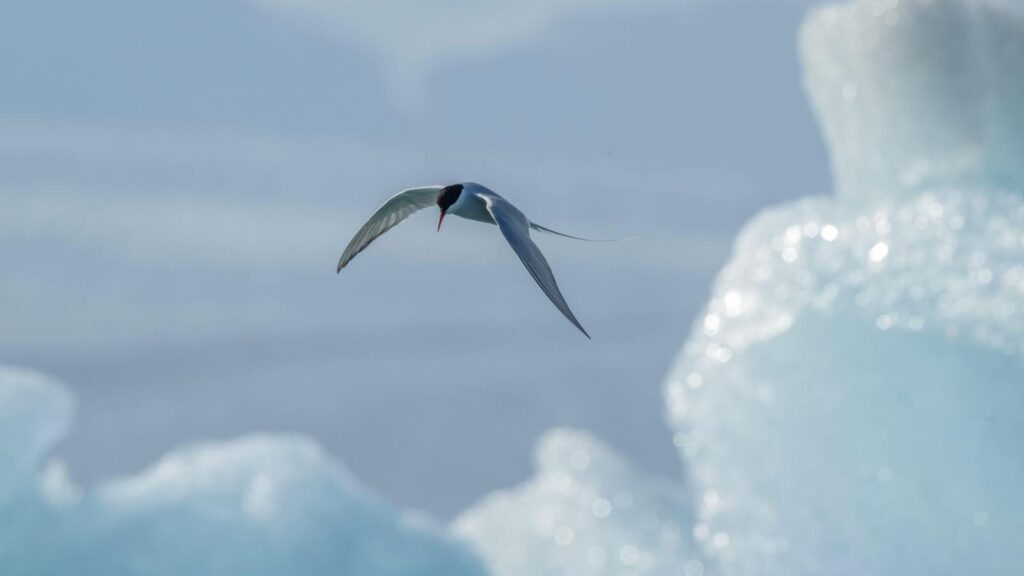
The arctic tern’s migration path forms a rough figure-eight pattern across the globe, taking advantage of prevailing wind systems to minimize energy expenditure. These birds breed in the Arctic during the northern summer, utilizing the extended daylight hours to feed constantly and raise their young. When autumn approaches in the Northern Hemisphere, they begin their southward journey, traveling down the coasts of Europe and Africa or along the Americas before reaching the Antarctic waters. Remarkably, they don’t simply travel in a straight line—research using geolocators has shown that many terns follow an S-shaped route in the Atlantic Ocean, maximizing favorable winds and feeding opportunities. By the time they reach Antarctic waters for the southern summer, they’ve already traveled approximately 22,000 miles—and they still have the return journey ahead of them.
The Science Behind Tracking These Globetrotters
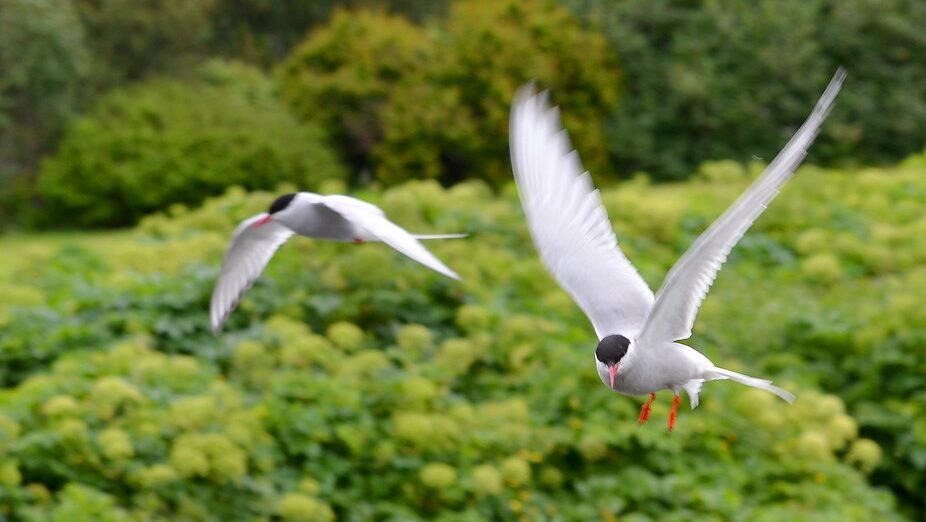
Until relatively recently, scientists could only speculate about the exact routes arctic terns followed during their pole-to-pole migrations. The development of lightweight geolocators in the early 2000s revolutionized our understanding of their journey. These tiny devices, weighing less than 1.5 grams, can be attached to the birds’ legs without impeding their flight and record light levels that help determine latitude and longitude. A groundbreaking 2010 study by researchers from Greenland, Denmark, the United States, and the United Kingdom successfully tracked eleven arctic terns, revealing their complete migration patterns for the first time. Subsequent studies using more advanced GPS trackers have provided even more detailed information, showing that individual birds often follow slightly different routes but maintain remarkable consistency in their overall patterns year after year.
Living in Eternal Summer: The Sunlight Seekers
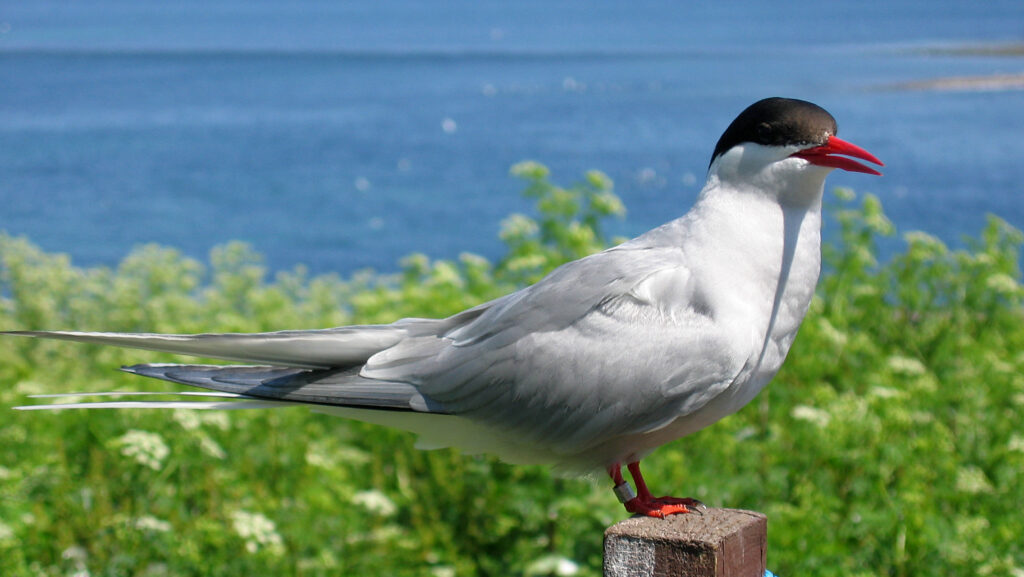
One of the most fascinating aspects of the arctic tern’s migration is that these birds essentially experience two summers each year. By breeding in the Arctic during the northern summer and then flying to Antarctic waters for the southern summer, arctic terns see more daylight than any other creature on Earth. This perpetual summer existence gives them extended feeding opportunities, as they primarily hunt during daylight hours. Scientists estimate that arctic terns may see up to 24 hours of daylight for eight months of the year, experiencing more sunlight than any other known animal. This unique lifestyle has earned them the nickname “angels of light” among some ornithologists, highlighting their remarkable adaptation to maximize their time in sunlit environments.
Feeding on the Fly: How Arctic Terns Sustain Their Journey
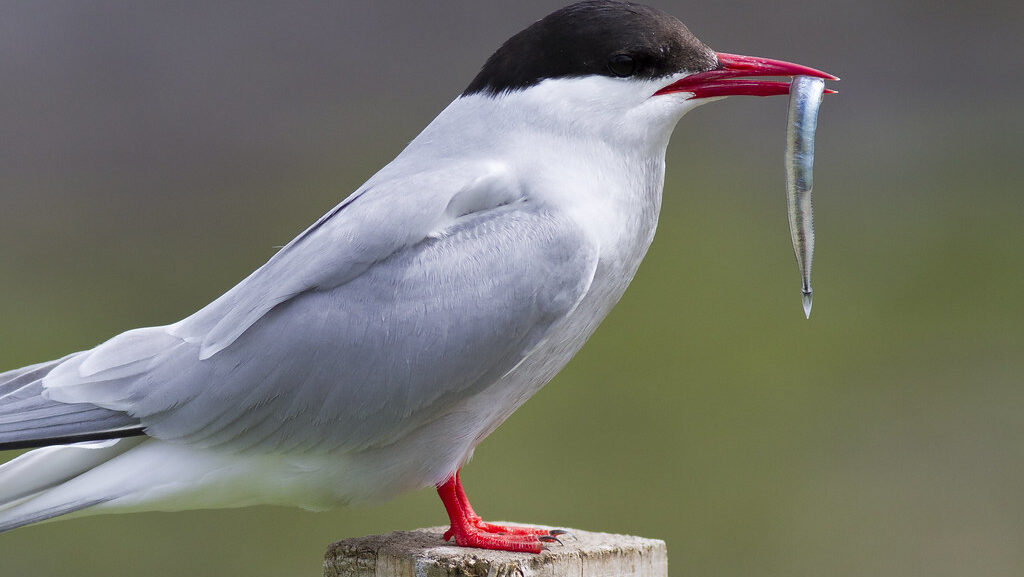
The incredible migration of arctic terns would be impossible without specialized feeding strategies that allow them to maintain energy throughout their journey. These birds are primarily piscivorous, meaning they feed mainly on small fish like sand eels, herring, and capelin. Arctic terns employ a spectacular hunting technique called “plunge diving,” where they hover briefly before plummeting into the water to catch fish near the surface. They’re also opportunistic feeders, consuming small crustaceans, marine invertebrates, and insects when fish are scarce. During migration, arctic terns often feed on the wing, catching prey while barely interrupting their forward progress, which helps them maintain their remarkable pace of up to 22,000 miles in a single direction.
Breeding Behaviors at the Top of the World
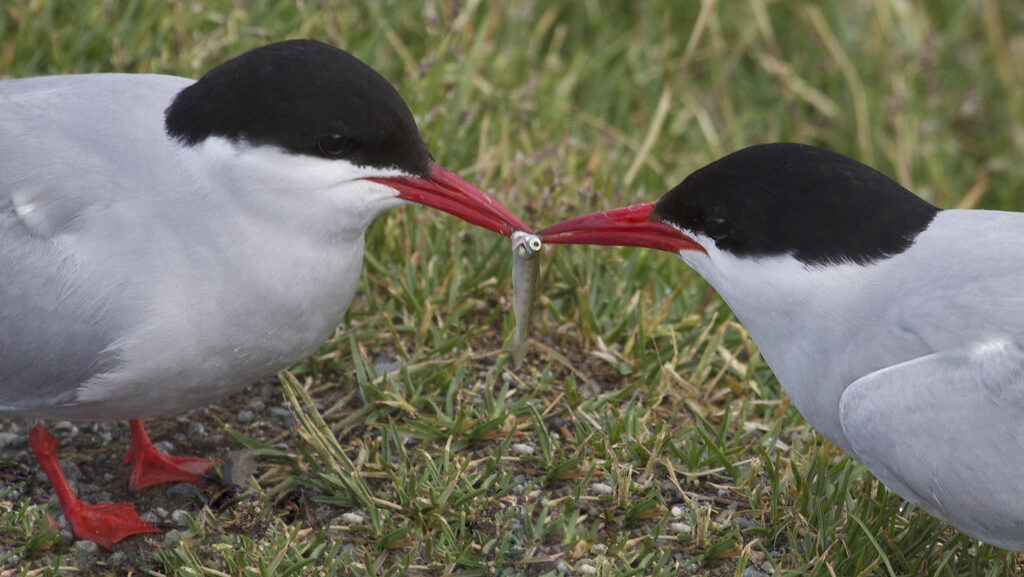
Arctic terns time their arrival in northern breeding grounds to coincide with the explosion of productivity that accompanies the Arctic spring and summer. They typically nest in colonies on coastal beaches, rocky islands, or tundra near water, where they scrape simple depressions in the ground rather than building elaborate nests. Female arctic terns usually lay 1-3 eggs, which both parents diligently incubate for about 21-24 days. The devotion of arctic tern parents is legendary among ornithologists—they fiercely defend their nesting territories against predators, even diving at human intruders who venture too close. The compressed Arctic breeding season means chicks must develop quickly, typically fledging within 21-28 days after hatching, at which point they begin preparing for their first marathon migration—an incredible undertaking for birds just weeks old.
Climate Change Threats to Migration Patterns
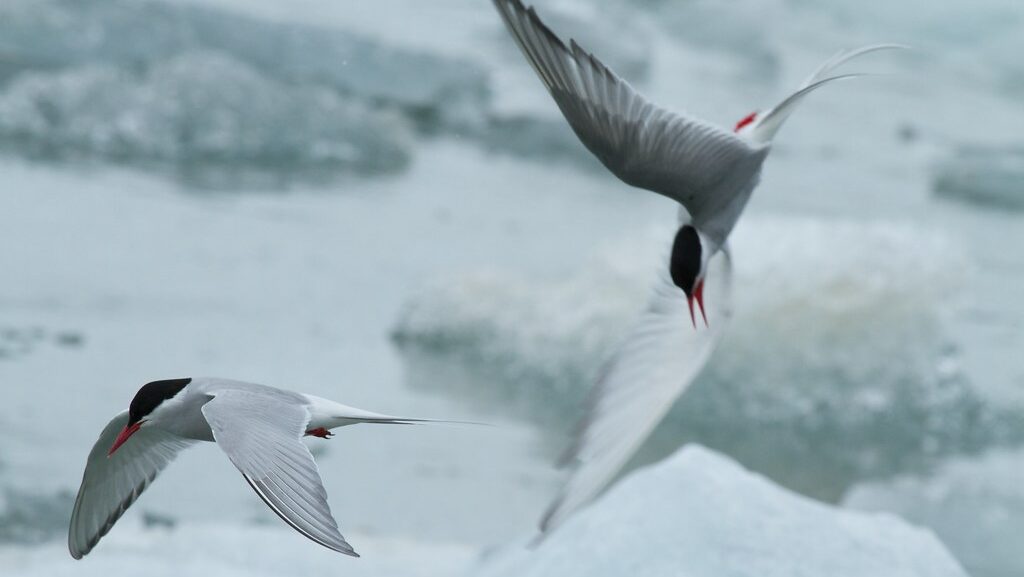
The precisely timed migration of arctic terns faces increasing disruption due to climate change impacts on both poles. Rising temperatures in the Arctic are altering the timing of prey availability, potentially creating a mismatch between when terns arrive at breeding grounds and when food is most abundant for raising chicks. Changes in sea ice patterns and ocean temperatures along their migration routes affect marine productivity, potentially reducing feeding opportunities during their long journey. Research suggests that some arctic tern colonies have already shown population declines, with studies from Iceland, Scotland, and other northern regions reporting concerning trends. The terns’ dependence on healthy marine ecosystems across multiple oceans makes them particularly vulnerable to the cascading effects of climate change throughout their extensive range.
Conservation Challenges Across Hemispheres

Protecting a species that traverses nearly the entire globe presents unique conservation challenges that require international cooperation. Arctic terns cross dozens of national boundaries and spend significant time in international waters, meaning that effective conservation requires coordinated effort across political jurisdictions. Threats to tern populations include coastal development affecting breeding sites, disturbance of colonies by humans and introduced predators, pollution (particularly plastic in oceans), and commercial fishing practices that deplete food sources. Conservation efforts have included establishing protected breeding areas, regulating human activities near colonies during sensitive periods, and international agreements to protect marine environments. Organizations like BirdLife International and the Agreement on the Conservation of African-Eurasian Migratory Waterbirds (AEWA) play crucial roles in coordinating these cross-border conservation initiatives.
What Arctic Terns Teach Us About Navigation
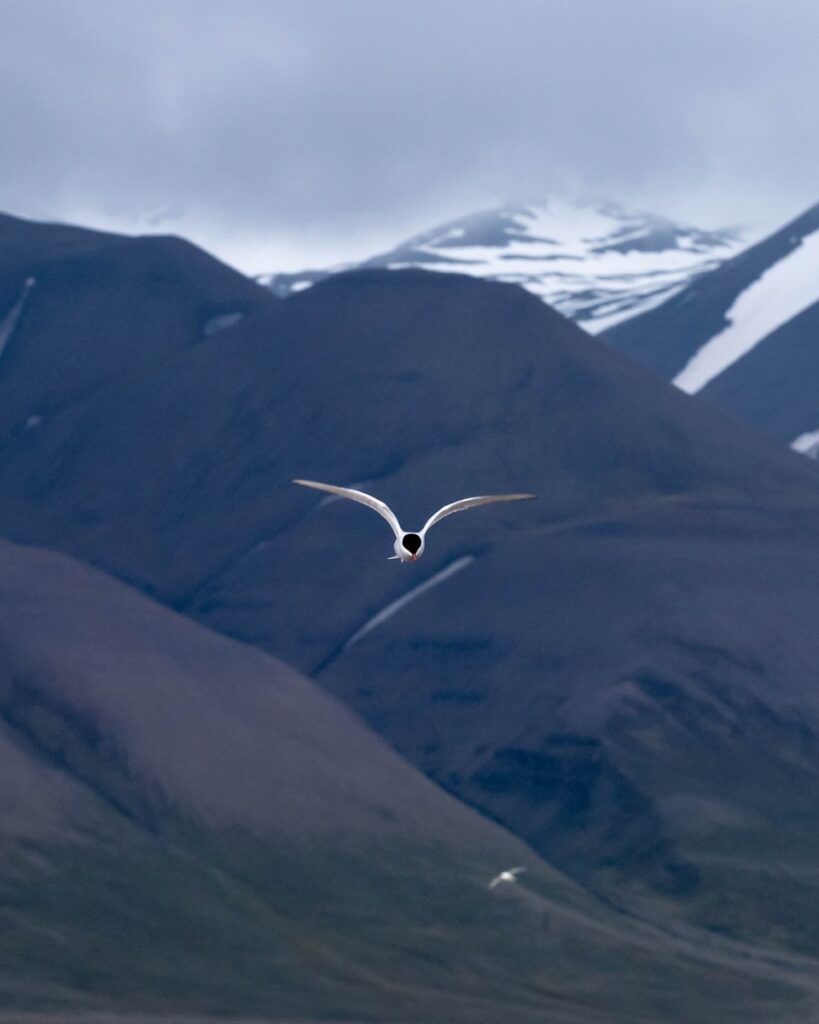
The navigational abilities of arctic terns remain one of the most remarkable aspects of their migration, raising questions that continue to intrigue scientists. These birds navigate with extraordinary precision across vast distances, often returning to the exact same breeding territories year after year. Research suggests that arctic terns likely use a combination of navigational tools, including sensing Earth’s magnetic field, recognizing celestial cues from stars and sun positioning, identifying landmarks, detecting polarized light patterns, and possibly even using their sense of smell to detect oceanic regions. Young terns making their first migration appear to have some innate navigational programming, as they can complete the journey without guidance from experienced adults. Understanding these navigation mechanisms not only reveals the biological marvel of these birds but may also inspire advancements in human navigation technology.
Spotting Arctic Terns: A Birder’s Challenge

For dedicated bird watchers, observing arctic terns presents a special challenge due to their brief appearances in most regions and their remote breeding and wintering locations. The best opportunities for spotting these globe-trotters in the Northern Hemisphere typically occur during spring and early autumn migrations along coastal areas. Prime viewing locations include coastal Maine and Massachusetts in North America, northern British coastlines, Nordic countries like Iceland and Norway, and parts of coastal Greenland. Serious birders sometimes plan “pelagic trips”—boat excursions specifically designed for observing seabirds far from shore—which can provide opportunities to see arctic terns in their oceanic habitat. When identifying arctic terns, look for their distinctive deeply forked tail (longer than similar tern species), blood-red bill without a black tip, and shorter legs compared to other terns.
The Cultural Significance of Arctic Terns
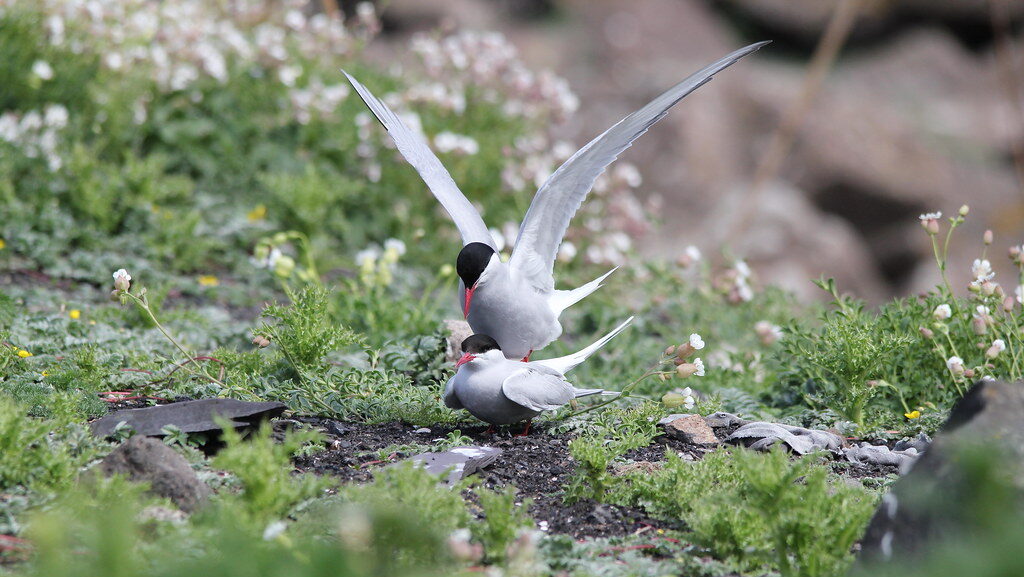
Throughout human history, arctic terns have captured cultural imagination in the northern communities where they breed. In Norse mythology, terns were sometimes associated with Freya, the goddess of love and fertility, due to their graceful flight and fierce protection of their young. Indigenous peoples of the Arctic, including Inuit and Sámi cultures, incorporated these birds into their traditional knowledge systems, often viewing the terns’ arrival as a reliable harbinger of seasonal change. The arctic tern’s Icelandic name, “kría,” is onomatopoeic, mimicking their distinctive call, and they feature prominently in Icelandic folklore. In modern times, these birds have become powerful symbols in conservation movements, representing the interconnectedness of global ecosystems and the need for international environmental cooperation.
Citizen Science: How Bird Lovers Can Contribute to Arctic Tern Research

The global range of arctic terns creates opportunities for bird enthusiasts worldwide to contribute meaningful data to scientific research through citizen science initiatives. Programs like eBird, operated by the Cornell Lab of Ornithology, allow birders to report arctic tern sightings, creating valuable data points that help track population trends and migration timing. In coastal communities along migration routes, organized monitoring programs train volunteers to conduct regular counts and observations, contributing to long-term datasets used by researchers. Some citizen science projects specifically focus on breeding colonies, where volunteers help monitor nesting success while following strict protocols to avoid disturbing sensitive birds. For dedicated amateurs with photography skills, submitting high-quality photos of banded terns can help scientists track individual birds across vast distances, providing valuable information about site fidelity and survival rates.
What Bird Lovers Can Learn from Arctic Terns
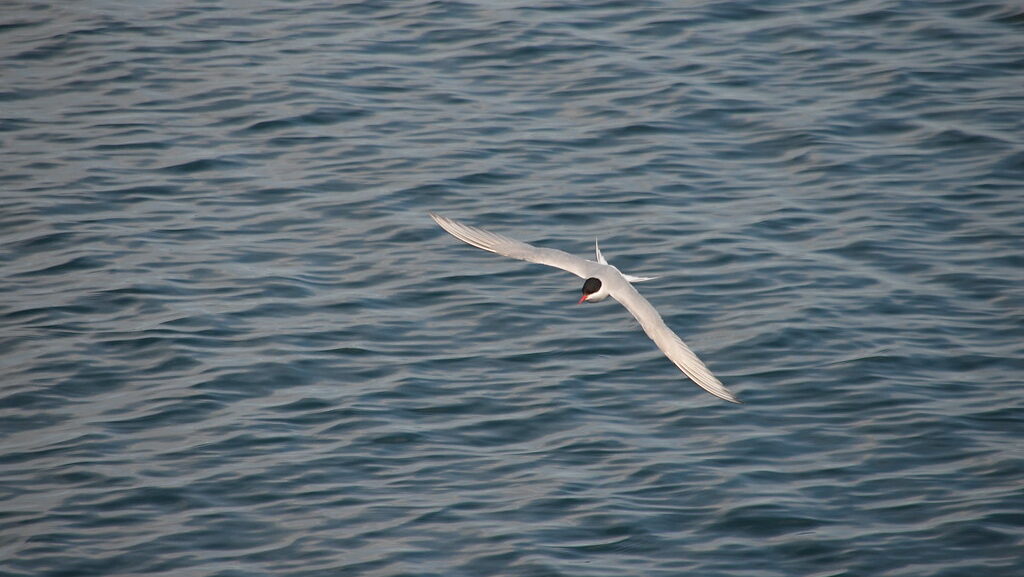
For bird enthusiasts, the arctic tern’s migration offers profound lessons about resilience, adaptation, and the interconnectedness of global ecosystems. These birds demonstrate that seemingly impossible feats can be accomplished through evolutionary adaptations developed over millennia—their lightweight bodies, efficient flight mechanisms, and remarkable navigational abilities all working in concert to enable their pole-to-pole journey. The terns’ migration highlights the critical importance of protecting habitat not just in isolated locations but across vast international regions, reinforcing the concept that effective conservation requires thinking on a global scale. Perhaps most inspiringly, these small birds remind us of nature’s extraordinary capacity for finding solutions to life’s challenges, traversing enormous distances with minimal resources and maximum efficiency—a powerful metaphor for human innovation and perseverance in facing our own global challenges.
Conclusion
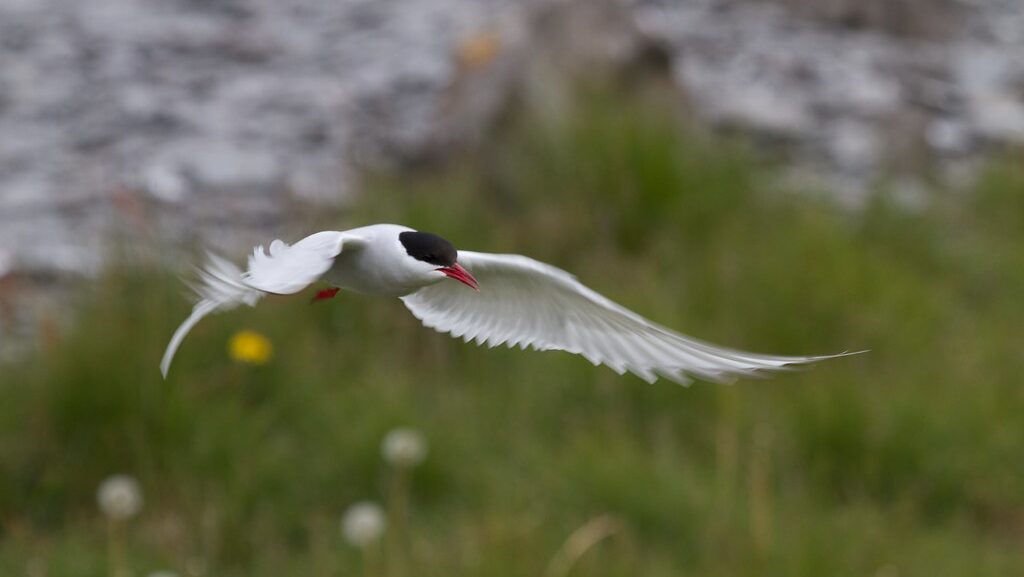
The 44,000-mile journey of the arctic tern stands as one of nature’s most extraordinary accomplishments—a testament to evolutionary adaptation that pushes the boundaries of what seems physically possible. For bird lovers, these remarkable travelers represent more than just an impressive statistic; they embody the wonder of avian life and the interconnectedness of our planet’s ecosystems. As climate change threatens the delicate balance that enables these migrations, the arctic tern’s journey takes on new significance as a barometer for global environmental health. By studying, appreciating, and working to protect these marathon flyers, bird enthusiasts contribute to a broader understanding of our changing world and the remarkable resilience of nature. The arctic tern’s path across the globe reminds us that boundaries—whether geographic, political, or perceived limitations—are meant to be transcended.
